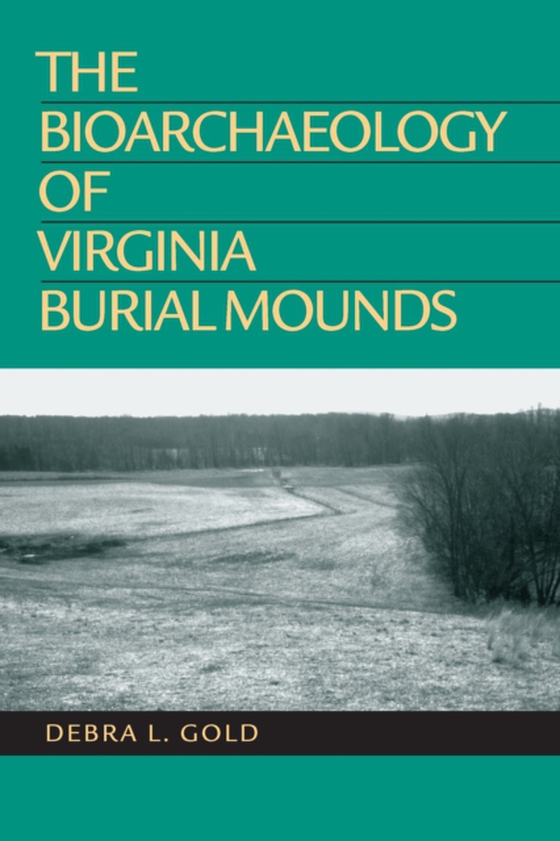
Bioarchaeology of Virginia Burial Mounds e-bog
403,64 DKK
(inkl. moms 504,55 DKK)
A long-ignored prehistoric mound building peopleBy the 14th century more than a dozen accretional burial mounds-reaching heights of 12 to 15 feet-marked the floodplains of interior Virginia. Today, none of these mounds built by the nearly forgotten Monacan Indians remain on the landscape, having been removed over the centuries by a variety of natural and cultural causes. This study uses what re...
E-bog
403,64 DKK
Forlag
University Alabama Press
Udgivet
30 september 2009
Længde
176 sider
Genrer
1KBBFV
Sprog
English
Format
epub
Beskyttelse
LCP
ISBN
9780817384067
A long-ignored prehistoric mound building peopleBy the 14th century more than a dozen accretional burial mounds-reaching heights of 12 to 15 feet-marked the floodplains of interior Virginia. Today, none of these mounds built by the nearly forgotten Monacan Indians remain on the landscape, having been removed over the centuries by a variety of natural and cultural causes. This study uses what remains of the mounds-excavated from the 1890s to the 1980s- to gain a new understanding of the Monacans and to gauge their importance in the realm of the late prehistoric period in the Eastern Woodlands.Based on osteological examinations of dozens of complete skeletons and thousands of isolated bones and bone fragments, this work constructs information on Monacan demography, diet, health, and mortuary ritual in the 10th through the 15th centuries. The results show an overall pattern of stability and local autonomy among the Late Woodland village societies of interior Virginia in which a mixture of maize farming and the collection of wild food resources were successful for more than 600 years.This book-uniting biological and cultural aspects of the data for a holistic understanding of everyday life in the period-will be of interest to ethnohistorians, osteologists, bioarchaeologists, and anyone studying Late Woodland, Mississippian, and contact periods, as well as middle range societies, in the Eastern Woodlands.
 Dansk
Dansk

